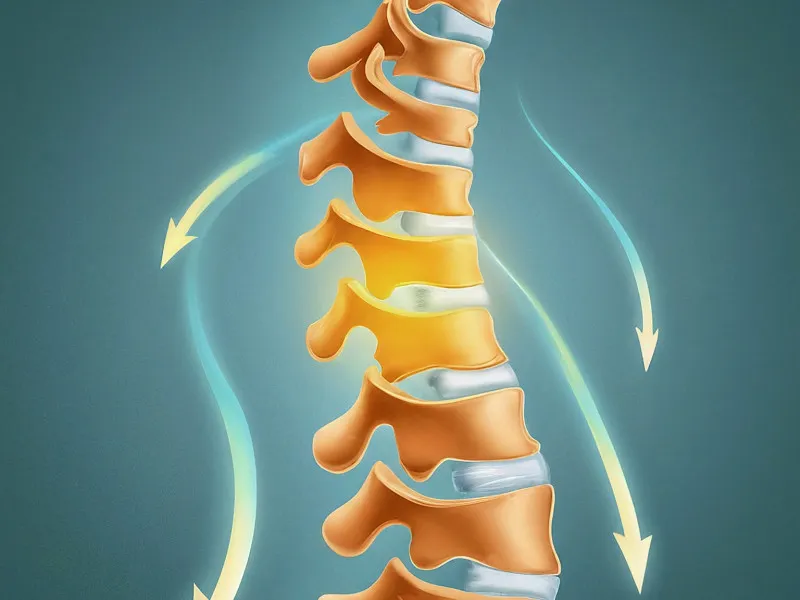Managing Sitting Bone Pain
What Is Ischial Tuberosity Pain? Ischial tuberosity pain—often known as “sitting bone pain”—refers to discomfort around the ischial tuberosity, the bony prominence at the base of the pelvis where the hamstrings attach. This condition is frequently caused by prolonged pressure from sitting, repetitive strain, or direct trauma, and is especially common among athletes, cyclists, and […]
Managing Sitting Bone Pain Read More »










